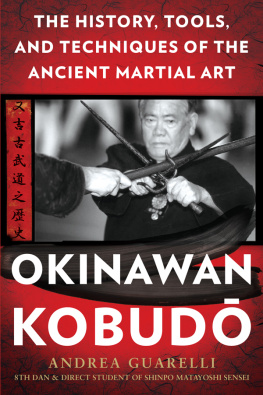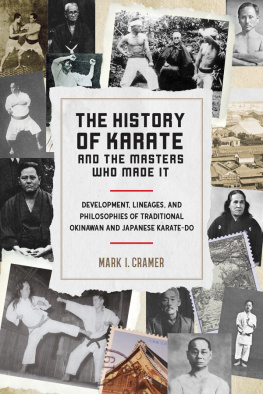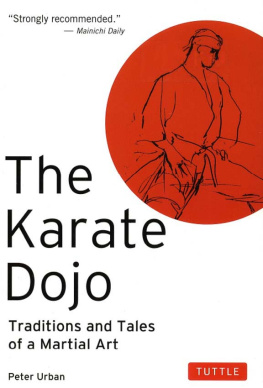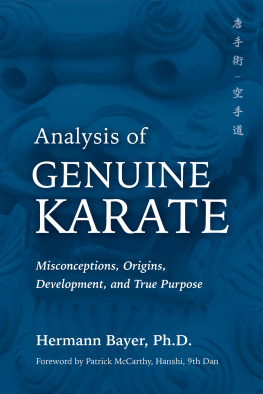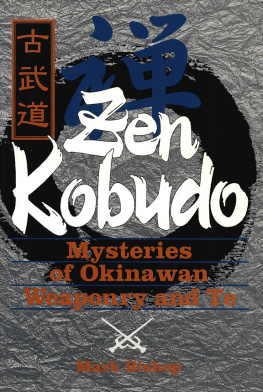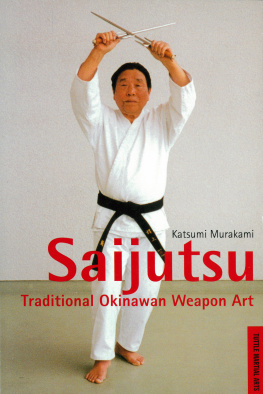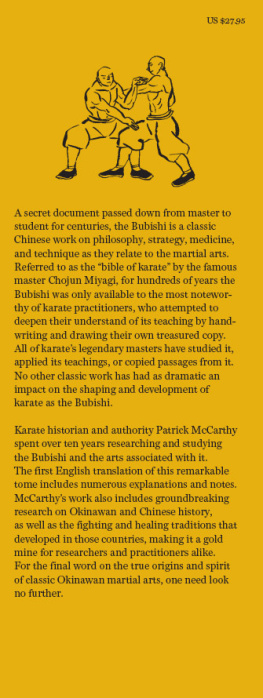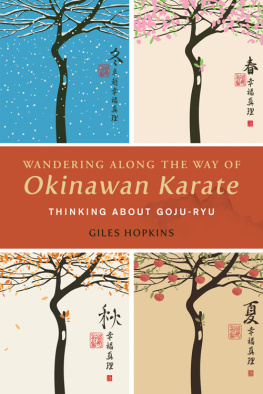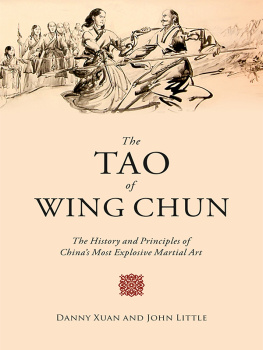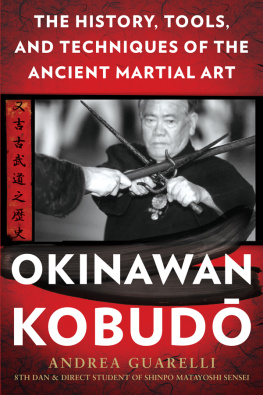Copyright 2015 by Andrea Guarelli
First English language edition 2015 by Skyhorse Publishing
English translation 2015 by Sara Sturman
All rights reserved. No part of this book may be reproduced in any manner without the express written consent of the publisher, except in the case of brief excerpts in critical reviews or articles. All inquiries should be addressed to Skyhorse Publishing, 307 West 36th Street, 11th Floor, New York, NY 10018.
Skyhorse Publishing books may be purchased in bulk at special discounts for sales promotion, corporate gifts, fund-raising, or educational purposes. Special editions can also be created to specifications. For details, contact the Special Sales Department, Skyhorse Publishing, 307 West 36th Street, 11th Floor, New York, NY 10018 or .
Skyhorse and Skyhorse Publishing are registered trademarks of Skyhorse Publishing, Inc., a Delaware corporation.
Visit our website at www.skyhorsepublishing.com.
10 9 8 7 6 5 4 3 2 1
Library of Congress Cataloging-in-Publication Data is available on file.
Cover design by Radana Bandov
Cover photo credit Sensei Andrea Guarelli
Print ISBN: 978-1-63450-484-3
Ebook ISBN: 978-1-63450-962-6
Printed in China
Disclaimer
The techniques illustrated in this volume are dangerous and they should be practiced exclusively under the supervision of a qualified Okinawan Kobud teacher.
The author declines any responsibility for injuries incurred by readers who practice without qualified supervision.
To my teacher Matayoshi Shinp:
A Master is like a swimming pool where you can learn to swim.
When you reach it, whole ocean is yours.
Asan di Basra, Sufi Master

Table of Contents
Preface by Shinsei (Yasushi) Matayoshi

()
I congratulate Andrea Guarelli Sensei, direct student of my father Shinp, on the publication of his book about the history, techniques, and kata of our school, most of all the kata Chikin Akachu no ku-di. Despite the seventeen years that have passed since my fathers death, Guarelli Sensei comes every year to visit the Buddhist altar situated in our house in Okinawa. In spite of national and language differences, no distance exists between people who aspire to the same martial way (bud) and I am deeply grateful for his love and respect towards my father, grandfather, and family. Furthermore, I respect him for his extraordinary spirit of research, in fact he travels often to China to train his Karate and Kobud.
Thanks to many Sensei, Matayoshi Kobud practitioners are growing all over the world. At the same time, sport drift and differences between associations make the need to preserve original techniques and the dojo headquarters more difficultsomething my father cared about very much. In spite of these difficulties, I direct students to refer to the Kdkans Dj-kun:
If you desire your combat art will be bright,
First purify your heart, if your heart is right,
also your combat art will be.
The Way is to purify your heart.
and to take my father words to heart.
I hope they will transmit to future generations the history and techniques with proud, consciousness and responsibility, through Bud and lifestyle, and by pursuing improvement of the truth.
I sincerely wish all the best in the development of A.I.K.O and Matayoshi Kobud school.
Shinsei (Yasushi) Matayoshi
Kingai-ry XVII Ske (leader)
Kdkan Dj director
Dai Nippon Butokukai director, Okinawan section
Japanese National Association of martial arts member
Okinawan Karated confederation councilor
PREFACE BY THE AUTHOR

My teacher, Shinp Matayoshi, dedicated his entire life to the study and diffusion of Kobud of Okinawa.
He studied with his father Shink and he traveled in China collecting a vast technical knowledge he passed along to his students.
He was a great businessman in real estate, and he dedicated much of his time to his great passion. In this way, it was very difficult to transmit wholly to his students all of what he knew. So he decided, very wisely, to split his knowledge among different students, so he could transmit the most amount of specific information possible without overloading each student. Then, students would share with the others what they had learned.
I have met all of the most important students of master Matayoshi and I noticed that, unfortunately, many years after his death, this full sharing of knowledge hasnt yet taken place. Strict rules have kept this from happening. For example: if a younger training student (khai) knew a kata that an older student (senpai) didnt know, the senpai would have been unlikely ask the younger student to teach it to him.
The strict relationship between khai/senpai seemed to prevent a back and forth flow of information. For this reason, nowadays, many of the most advanced students of the master dont know the school program entirely.
Personally, because of my thirst for knowledge and my desire to learn wholly the Matayoshi system, I never let barriers like that stop me. If somebody knew something I didnt, I absolutely had to ask him to teach me! However, Shinp Matayoshi didnt teach all he knew.
The program illustrated in this book: Ryky buki-jutsu, Kingai ry, and Go Kenki denrai is very wide and only a part has been transmitted to practitioners.
My teacher widely taught the Ryky buki-jutsu part, while the remaining techniques have been transmitted differently through the different students. Also the Kingai ry program has been partly transmitted: kata Ueshi and Gojunana have been taught only to a few uchi-deshi of Kdkan Dj.
Nunti, tinb, and suruchin techniques have been integrated into the form which is taught currently, while the other techniques and kata have never been taught.
The Go Kenki program has been transmitted partly: kata Hakkaku has been taught only to some students of Kdkan Dj, in particular to Yoshiaki Gakiya and Kenichi Yamashiro. They have taught it to only few people.
Master Matayoshi used to show this kata in public but never in the original version. He didn't want the whole form to be filmed and superficially transmitted.
Shinp Matayoshi learned Saru-ken (monkey style) and Suiken (drunken style) techniques during his travels in Taiwan; they have been shown in public but have never been taught to anyone else.
Today it is clear that what the master didnt transmit to his students is lost forever. Consequently, the program we have today for the practice and investigation is only what he has taught us directly.
Training directly with master Matayoshi, with his greatest students, and thanks to many trips to Okinawa for the purpose of improvement and comparison (twenty-two trips to date) and to Fujian (China), I have grasped a vast technical knowledge to share with my students, uchi-deshi, and soto-deshi. The purpose of the A.I.K.O. (Italian Association Kobud of Okinawa) and honbu dj Junshinkan has been to transmit this integral teaching program for more than two decades through new teaching and training methods, most of all in pairs. Most importantly, these exercises strictly preserve the original kata transmitted by the Matayoshi family for future generations.

